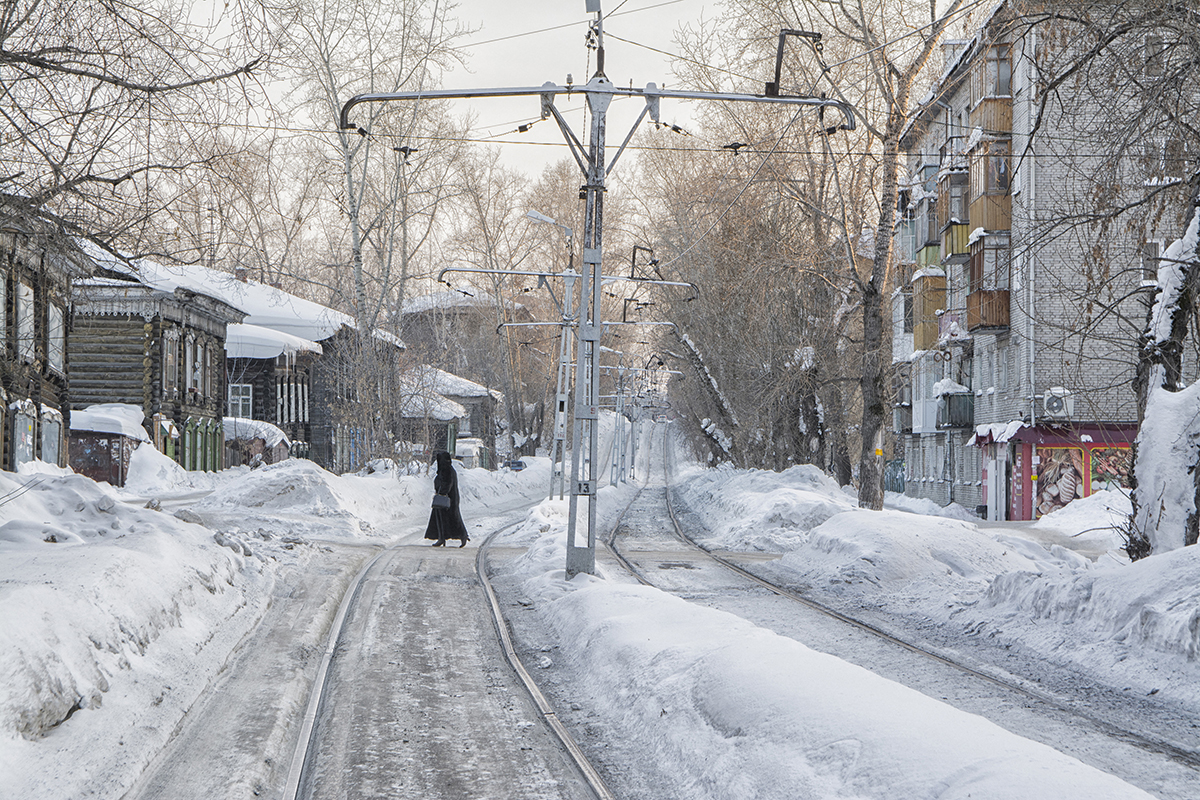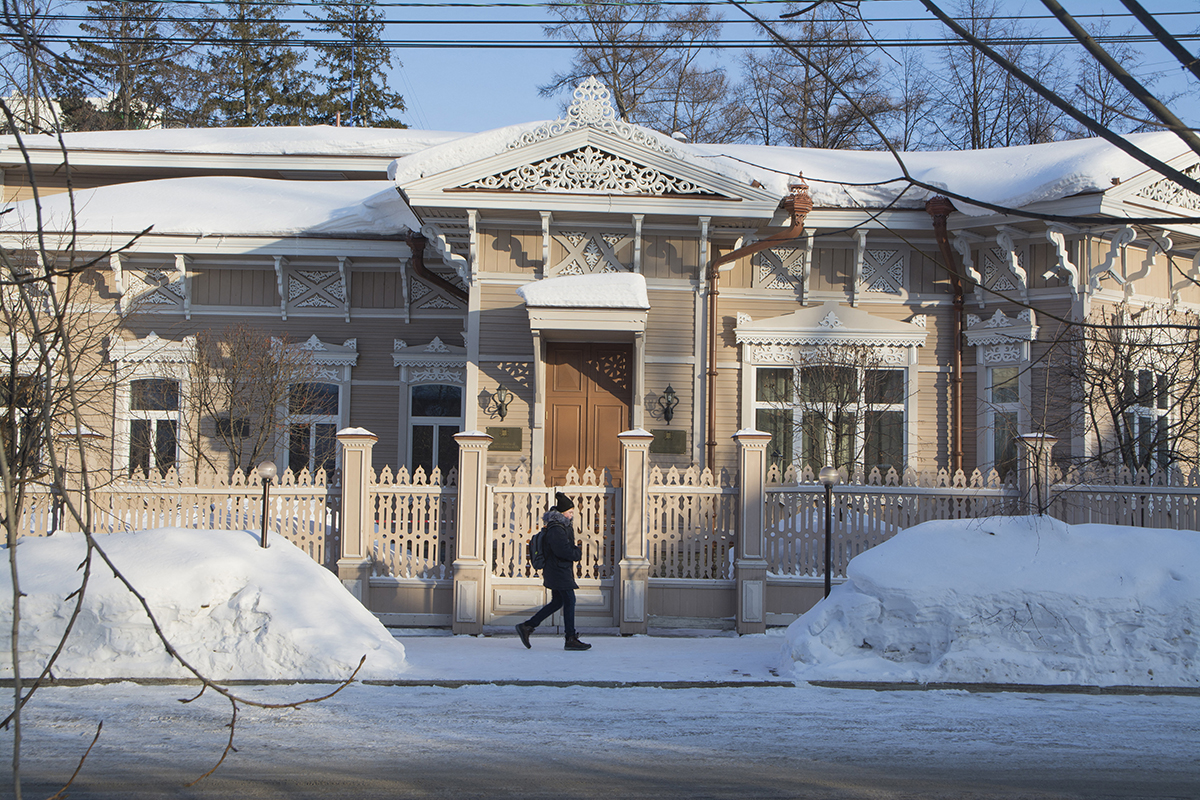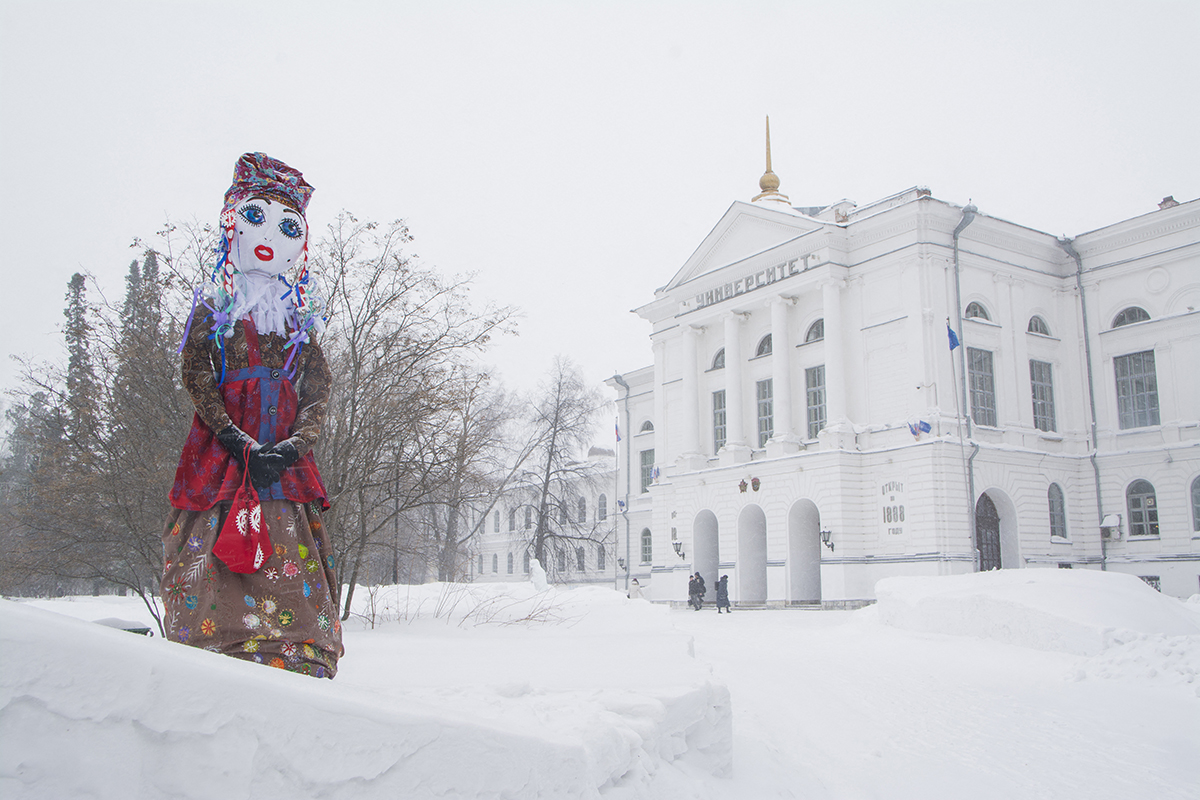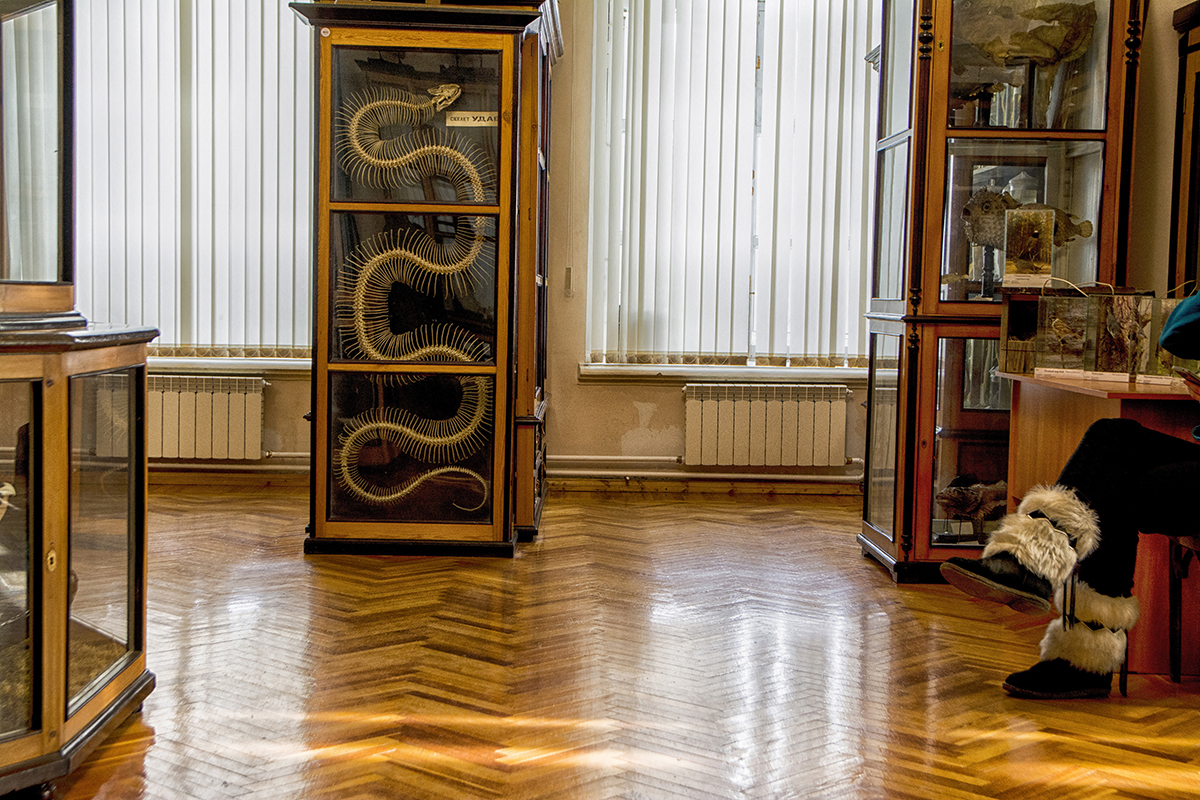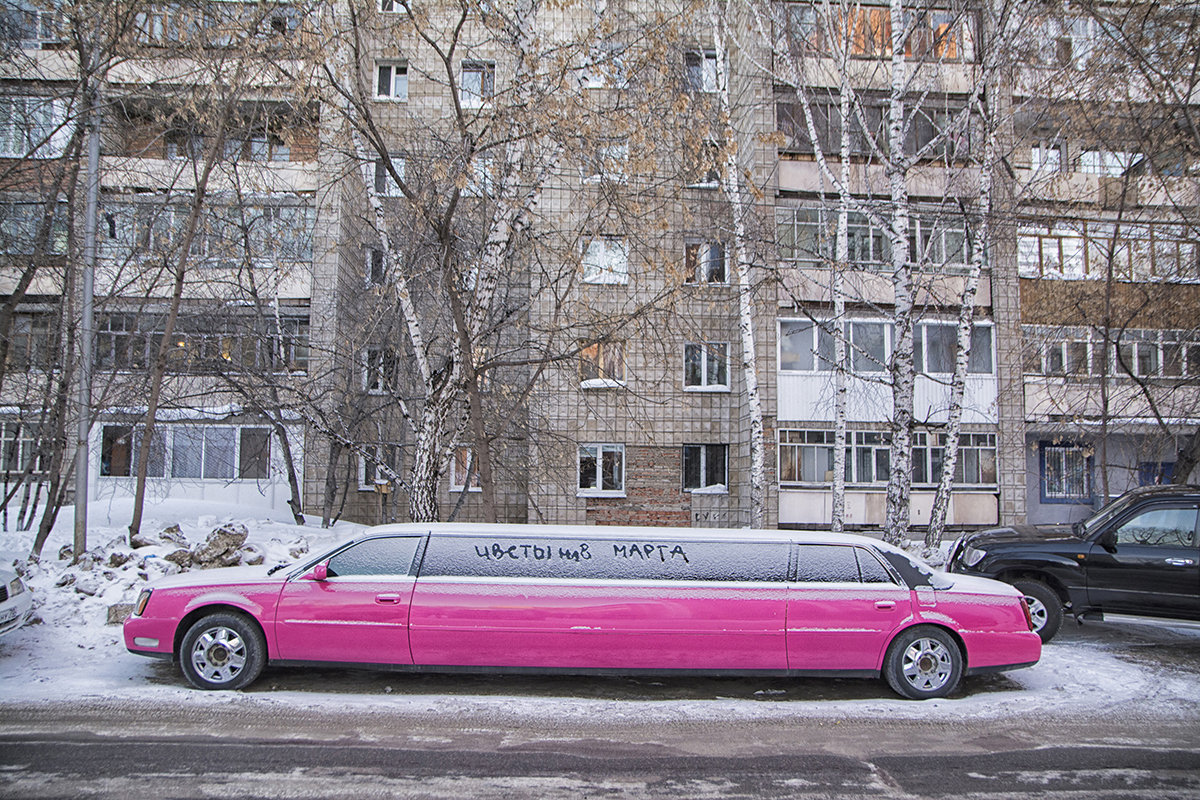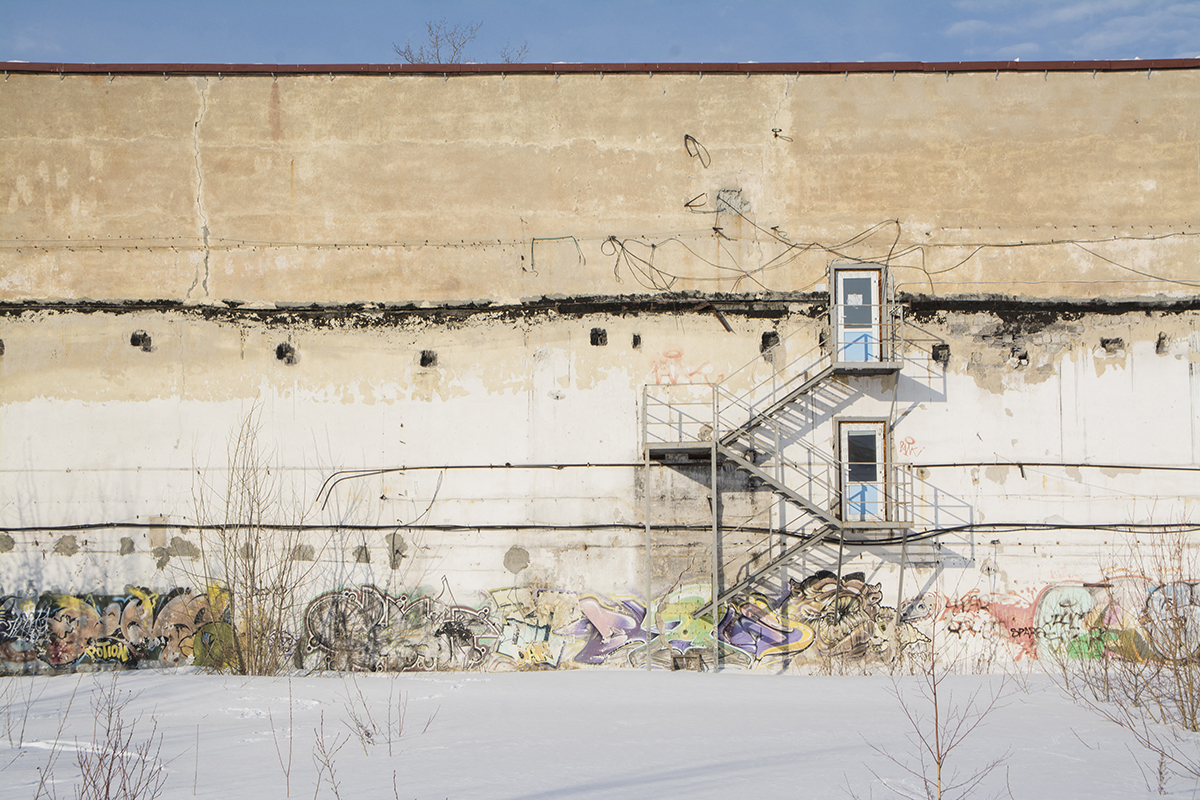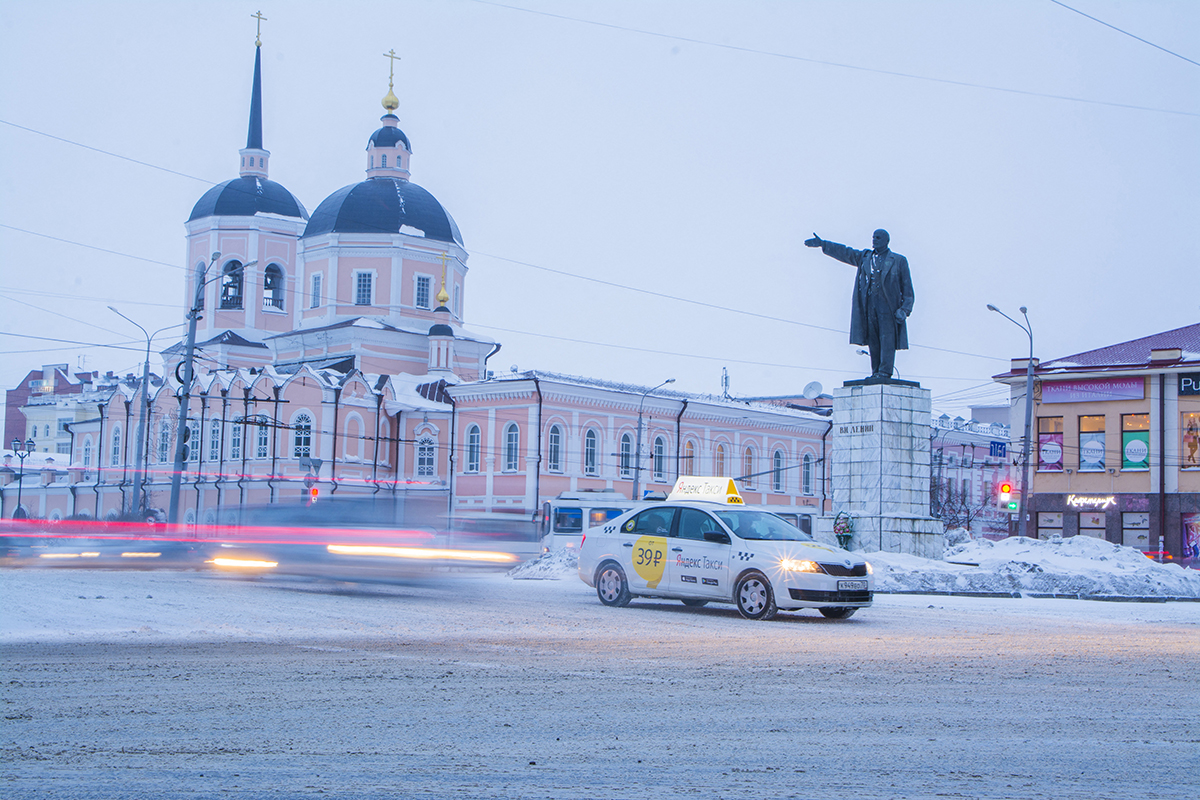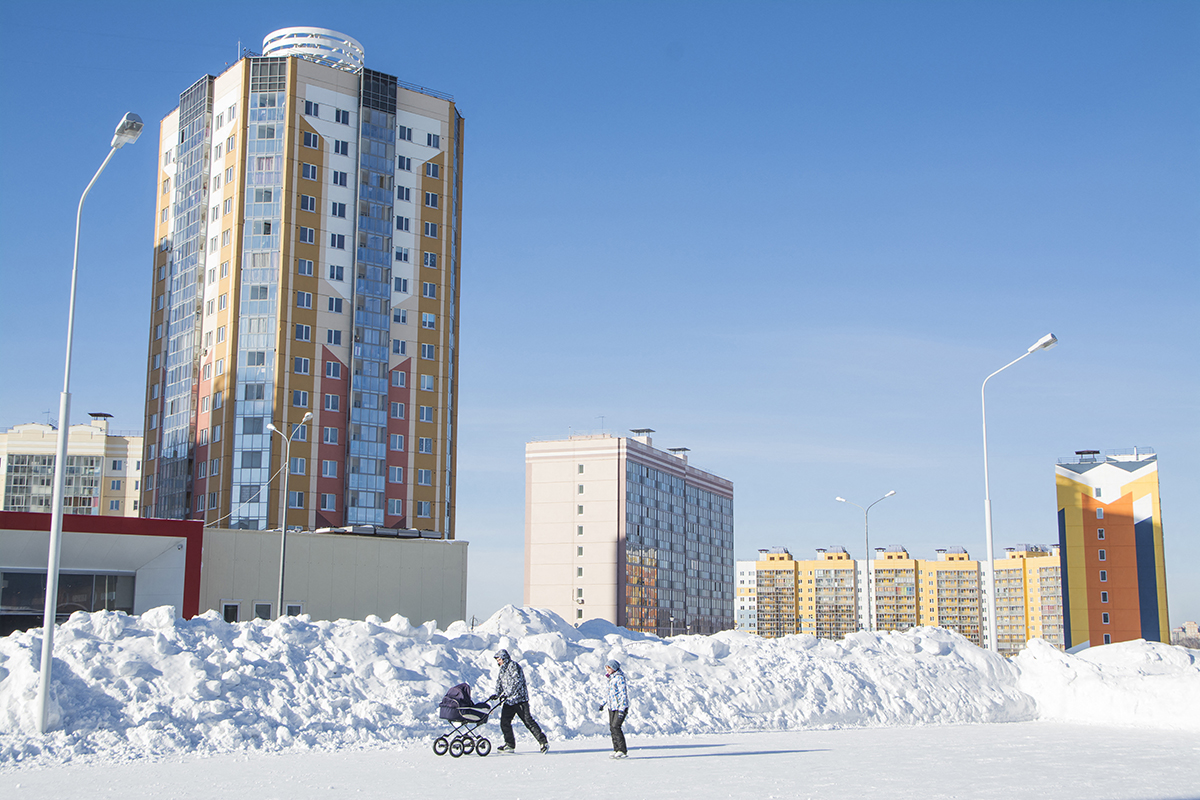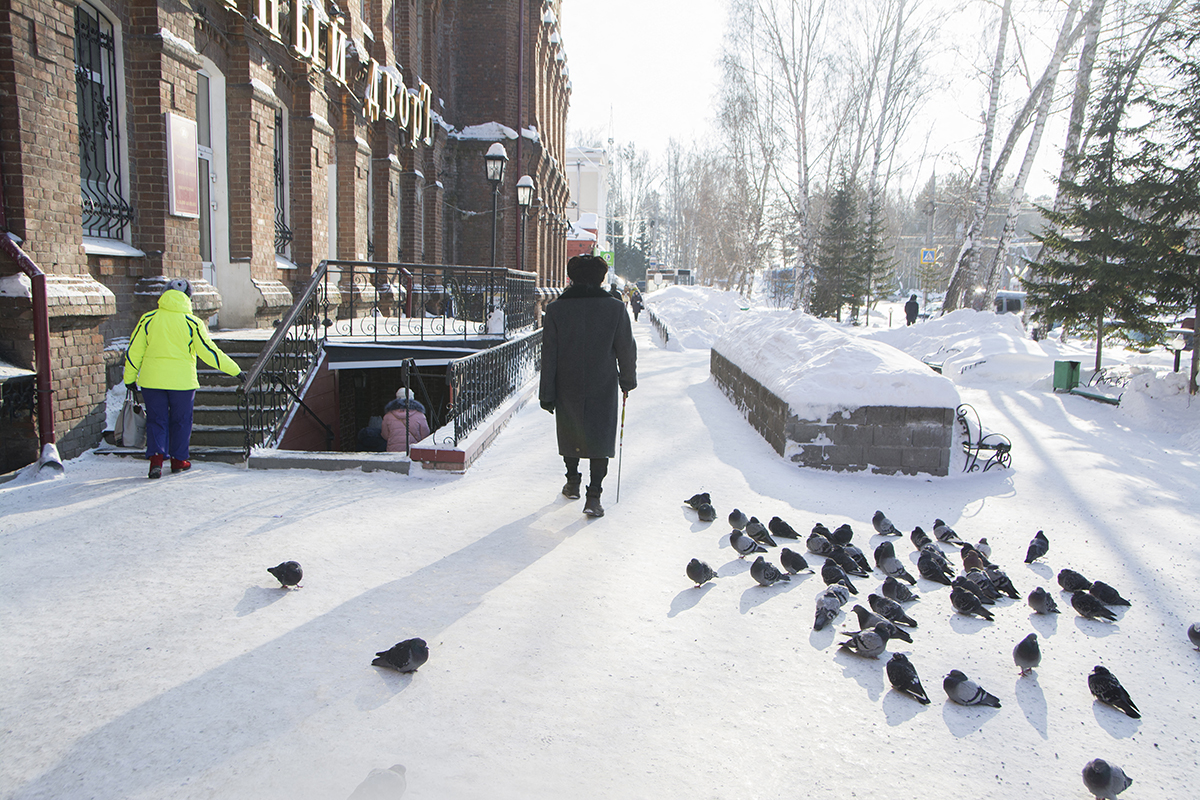Tomsk, the former Athens of Siberia.
At three thousand kilometres east of Moscow, in the heart of the boreal forest, time passes slowly in Tomsk. We are in February, the thermometer frequently displays minus 25 degrees, and the mild temperatures of July and August seem far away.
Founded in 1604, Tomsk embodies the expansion of the Russian Tsardom to the east, during the conquest of Siberia. Situated on the trading route between Beijing and Moscow, here was erected, in 1888, the first University of Siberia. It was then named the « Athens of Siberia ». At that time, it was the largest town in the Asiatic part of Russia. A decade later, it was excluded from the Trans-Siberian railway, thus from the new line of attraction where most of the Siberian population has now gathered.
Nowadays, Tomsk is a town of contrasts. Its reputed technical universities drain a young population from the region. Its city centre releases a timeless feeling; here, wooden houses, which symbolise Siberian architecture, are facing Soviet blocs and brand new post-soviet buildings. In the same space, the visible poverty melts with signs of ostentatious displays of wealth. The weight of the past and traditions get along with a present full of paradox and contradictions.
This project was shown at the Barrobjectif festival.
